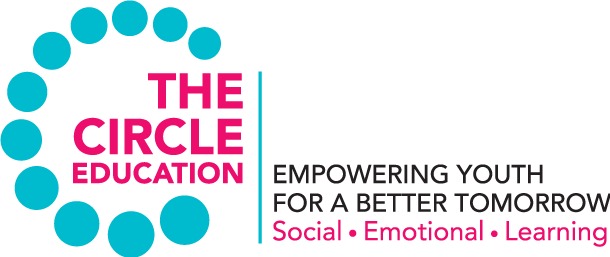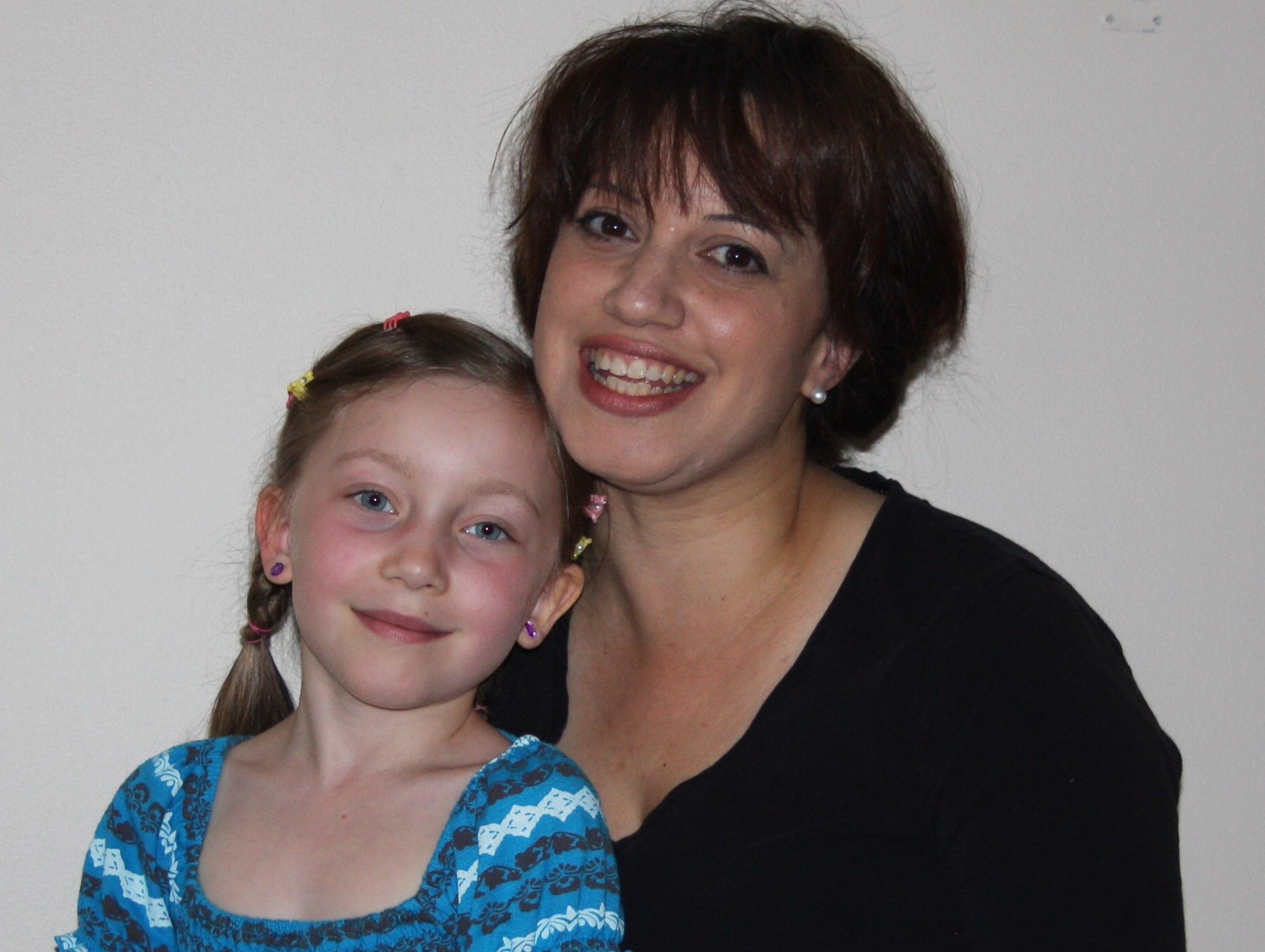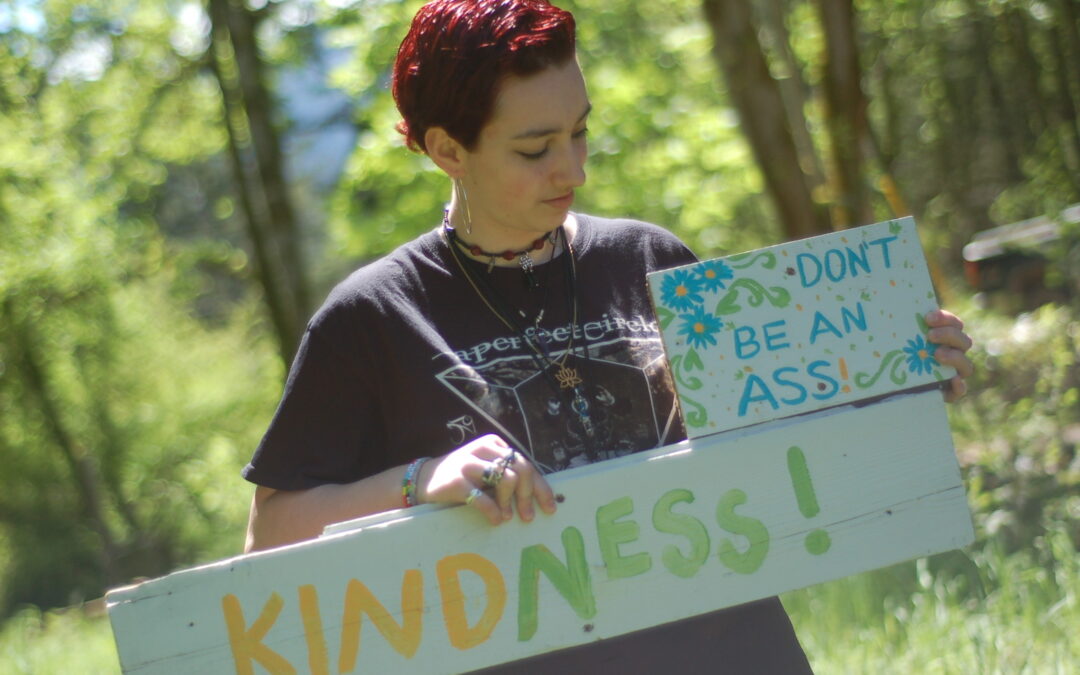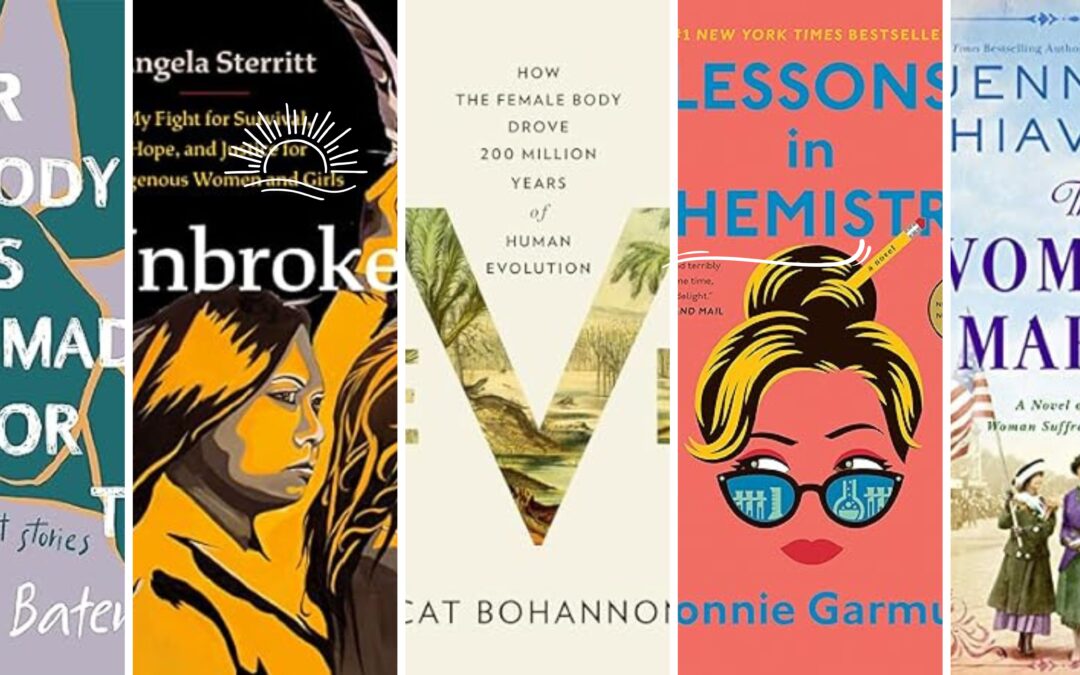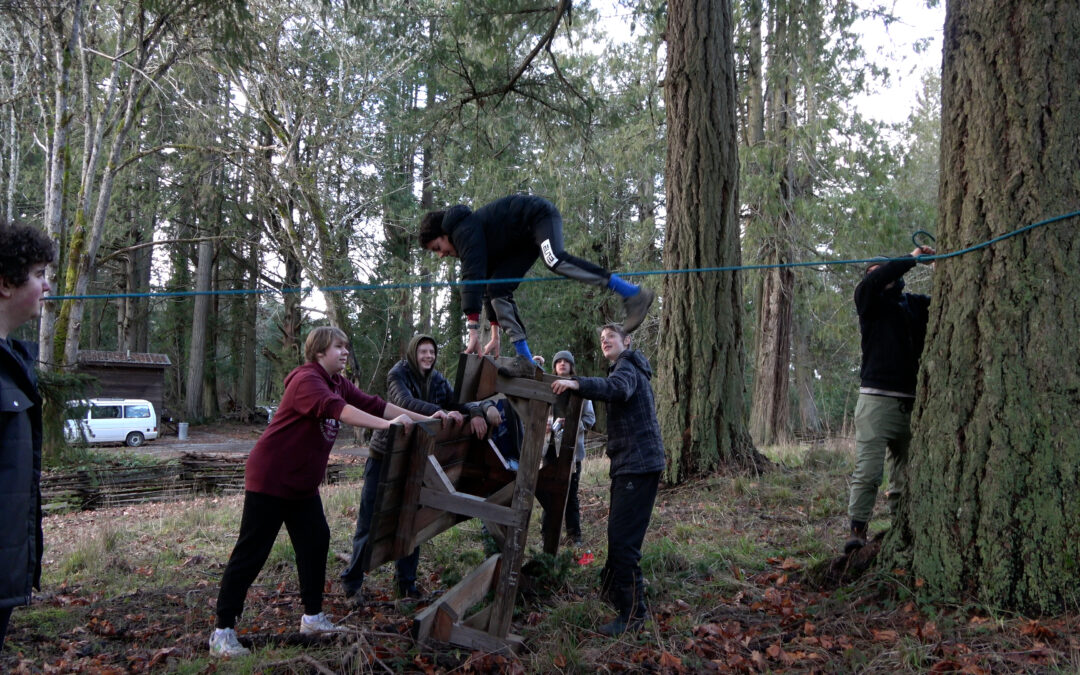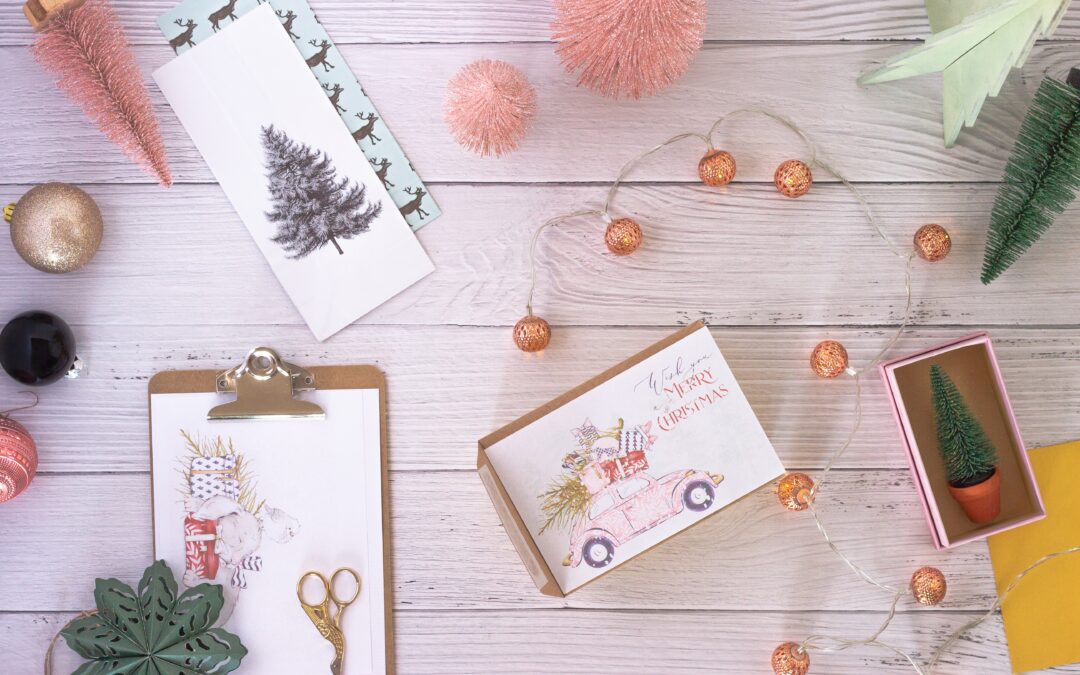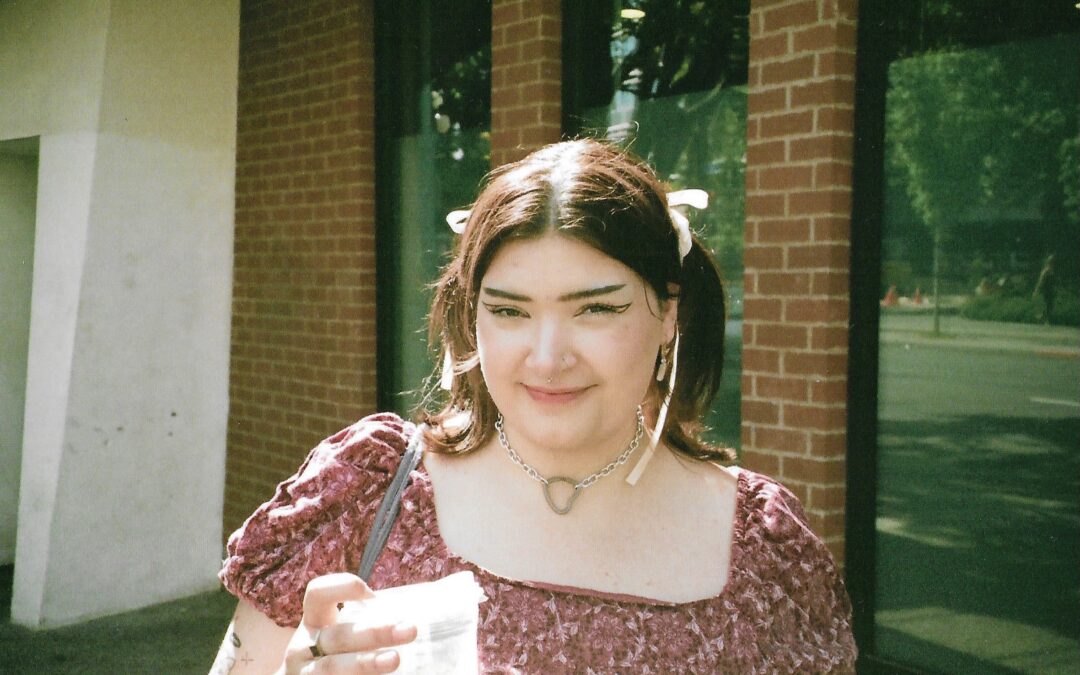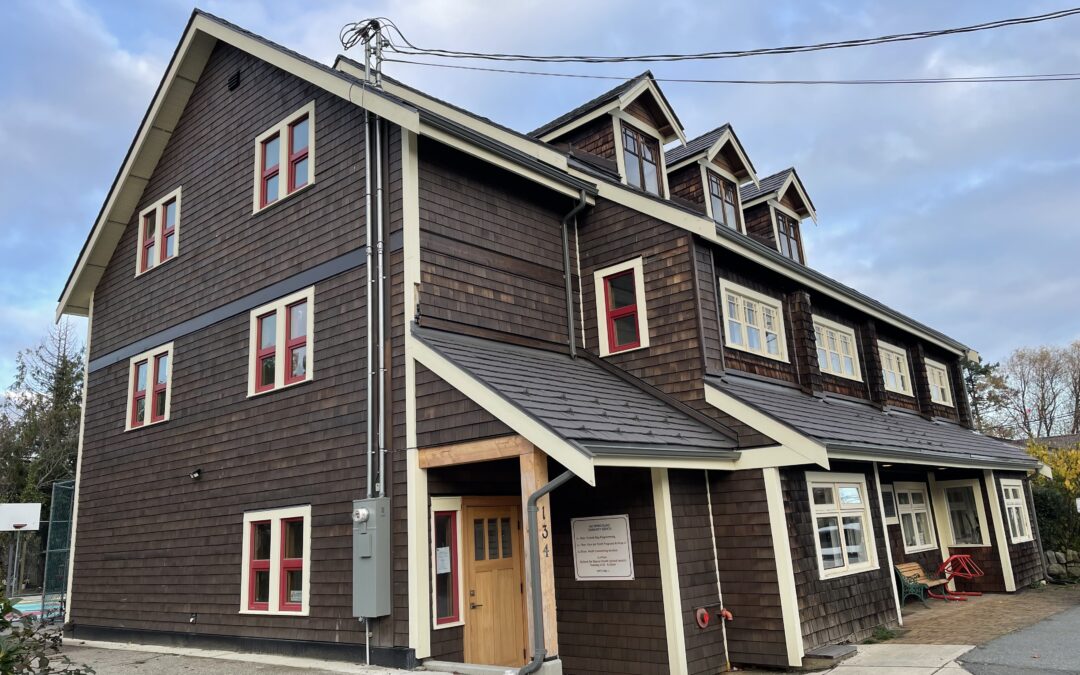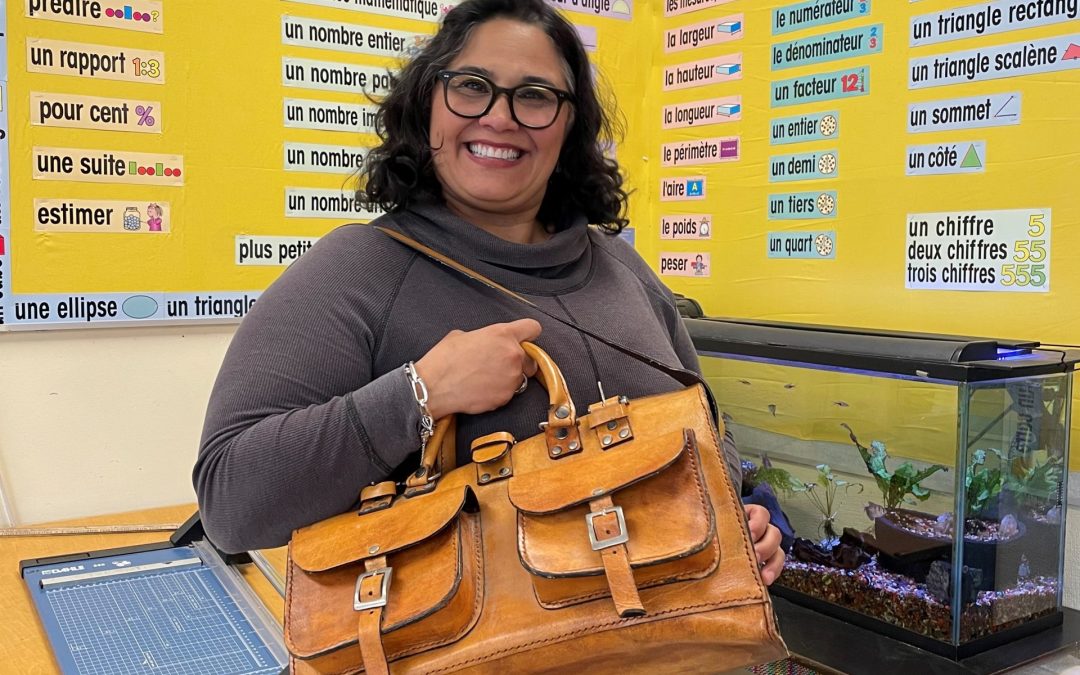Identity is a topic that is regularly talked about in our programs. Sophia Coopman, who has a Jamaican mom and a dad with European roots, wrote a blog about it. Sophia didn’t inherit the brown skin of her mom, which triggers total strangers to ask her if she’s adopted. The question led to a journey on how to express her identity. Sophia shares how she dealt with assumptions, stereotypes and labels. “I am a white-appearing person of colour. What identity box should I pick?”
“Are you adopted?” This question has been asked my mom and I throughout all my life. When we are out in public together and strangers think it’s ok to ask us about “the adoption process”, when I bring new friends home, and even once during a parent-teacher interview, that question has followed us. It sounds like an innocent enough question, but it sometimes feels hurtful. To me, it sounds like: “You two don’t look alike. You don’t belong together.”
For most people, a brown-skinned mother with a blond, blue-eyed, white-looking baby just doesn’t make sense.
For many reasons – because of the assumptions, stereotypes and labels that human beings often lean on to interpret life – our answer usually surprises and confuses people. I’m not adopted, but I appear white and my mom does not. I am practically a copy and paste of my Dutch/British-Canadian Dad, while she is a brown-skinned Jamaican-Canadian woman of African, Native American, South Asian and European descent. I grew up surrounded by a quintessential Jamaican-Canadian family: we are beautifully loud, we love cooking and feeding people, and when we have house parties, the sound of Ska and Reggae is blasted at full volume. In my family, it’s not strange to see someone with straight red hair standing next to someone with black curly hair in braids at family cookouts. But for most people, a brown-skinned mother with a blond, blue-eyed, white-looking baby just doesn’t make sense.
Growing up, my mom taught me how to brush my teeth by naming each tooth after people or countries of our heritage. “This one is your Portuguese tooth, this one is your Taíno tooth, this one is your Côte d’Ivoire tooth, this one is your Jewish tooth…” The list would go on and on, and I learned to be proud of each tooth. Eventually, it taught me 1) to be proud of all parts of my heritage and 2) great oral hygiene. For me, my cultural identity has never been a question. On the other hand, deciding how and to whom I should explain my identity is tricky. Depending on the environment, the conversation can either feel open and understanding or it can leave me feeling exhausted and defensive.
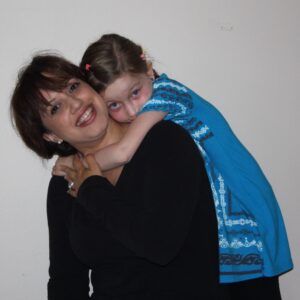
Society’s tendency to try to separate those of us of mixed ancestry into binary, black and white labels (no pun intended!) is frustrating. We are the grey area in between neat and tidy labels, and this can sometimes confuse people. For white-appearing folks of colour, it’s easier for people to assume that we are white and label us as such. As someone who presents as white, it would be easy for me to take the privilege my appearance grants me and accept that label, but in doing so I would be denying my mom’s lineage and the West Indian-Canadian culture that I was raised in. These aspects all form an equally important part of my identity and have made me who I am today. Saying that I don’t identify with them would be a dishonour to my ancestors, to my mother, to myself, and to my teeth!
If you are like me, living in the convergence of identity labels, you may be left feeling like you are stumbling around in the dark, wondering how to claim all aspects of your identity. I used to feel this way. Not that long ago, I was so confused about which ‘identity box’ I could tell people I belonged in. When applying for universities last year, I always felt this small amount of panic at the part of the application where I had to define my racial and ethnic identity. My thought process was: If I clicked on “Black” and someone found out what I look like, would they think I was lying? If I clicked “Indigenous”, would they disregard me because I’m not Native to Canada, but instead part Native to the Caribbean? If I clicked Latinx, which would be the closest, it would only be a partial truth and still wouldn’t fully encompass the history of my family. But if I clicked “White” or “Biracial” then I felt like I was lying! In the end, I always ended up choosing the “Other” box, which made me feel undefined and like I didn’t belong with any group.
My journey to find out how to answer the question, “Are you adopted?” and how to express my identity to others has taught me to embrace all aspects of my heritage.
Now, I understand that choosing the ‘Other’ box was the best thing I could have done. That box allowed me to reaffirm for myself my connection to all the cultures of my heritage, and allowed me to stay unlabelled as part of that wonderful grey area in between the black and white. People who don’t know me may paint me with a false white identity when they see me, but I know I will always be ‘Other’: something unique and undefined. I will never experience the same discrimination and racism that my mother and many of my family members face, and I might feel caught in the middle of a cultural divide sometimes, but by the aid of my mother’s teachings and that ‘Other’ box, I know who I am, where I come from and how I choose to identify.
My journey to find out how to answer the question, “Are you adopted?” and how to express my identity to others has taught me to embrace all aspects of my heritage. This has allowed me to connect with so many more people, of all different experiences and cultural backgrounds, and has made me feel so much more secure and confident in who I am. But my identity doesn’t end with how I explain my ethnicity or family history. There are so many different ways that someone can identify: you can identify as a Muslim organic farmer, a gender-fluid parent of three, an extroverted pastry chef, a marshmallow-roasting champion or even all of the above! We are all complex, multifaceted people that cannot and should not be contained in little boxes. Identity is also something that changes over time as we grow, and it’s something that helps us relate to others and the world around us. By finding ways to unite around all our similarities, we can learn to trust each other, feel connected and then explore and celebrate the ways that we are beautifully unique.
So now, when someone asks me if I’m adopted, I am happy to explain how proud I am to be half Jamaican-Canadian and half Dutch/British-Canadian. I am a white-appearing person of colour with African, Native Caribbean, European and Asian ancestors. No, I’m not adopted. I also know that there is nothing stopping me from choosing to identify myself to people differently in the future. For now, it may be a long story, but if you are curious about my identity and you have the time, I’ll introduce you to my multicultural teeth.
Sophia Coopman is a second-year undergraduate student at the University of Victoria, studying Political Science, Latin American Studies and Global Development. She was hired as a Summer Student for The Circle Education in 2023. Sophia is passionate about social justice and ensuring that everyone’s voices are heard and respected. She is excited to contribute to these causes by working with The Circle Education.
